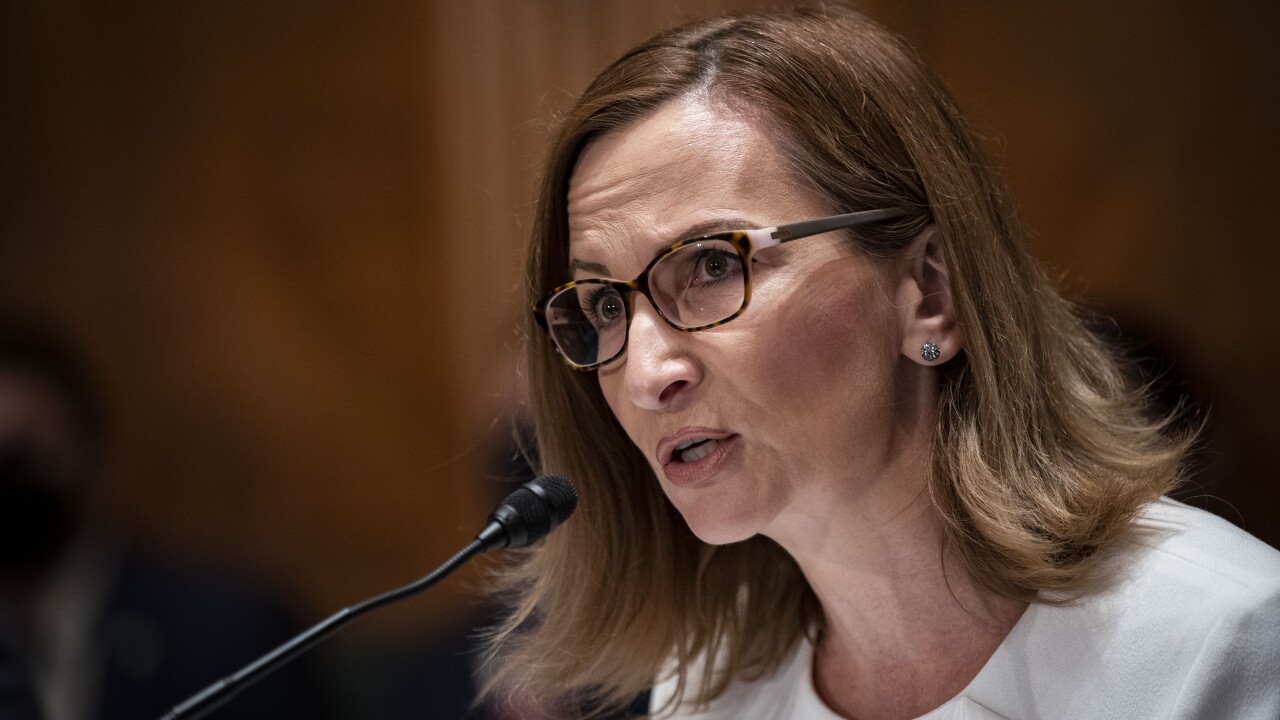
- Key Insight: The Fed found that Morgan Stanley overestimated potential losses in its fair value option loan portfolio, opening the door for a revision to the bank's capital buffer requirement.
- Expert Quote: "I look forward to seeing the Board use its authority to adjust capital requirements when they are too low, as well as when they are too high, given the risks posed by individual firms." — Federal Reserve Gov. Michael Barr.
- What's at stake: The decision was made one day before new capital requirements go into effect on Oct.1.
The Federal Reserve Board, in a unanimous vote Tuesday, moved to revise Morgan Stanley's stress capital buffer requirement, finding that the bank overestimated potential losses in a group of loans.
The Fed said its analysis determined that "estimated losses in the bank's fair value option loan portfolio were too conservative." As a result, Morgan Stanley's requirement was lowered to 4.3%, down from a preliminary 5.1%.
The revision comes a month after the
In its decision, the Board of Governors said it opted to use Morgan Stanley's second largest counterparty when measuring counterparty losses associated with default of the largest counterparty. The approach, it said, "would be more consistent with the Board's treatment of similar counterparties."
The Fed also said it will consider further refinements related to Morgan Stanley's request as part of its upcoming proposal to improve the transparency of the stress test process.
The new capital requirements, which go into effect on Oct. 1, will combine a 4.5% minimum requirement, a stress capital buffer of at least 2.5%, and surcharges for large banks. Revised figures could be published at a later date.
This year's stress tests
Fed Governor Michael Barr, the former Fed vice chair for supervision, issued a statement supporting the decision to lower Morgan Stanley's stress capital buffer. In a statement, Barr said the Board "should use its inherent authority to set individualized capital requirements when appropriate."
"I look forward to seeing the Board use its authority to adjust capital requirements when they are too low, as well as when they are too high, given the risks posed by individual firms," he added Tuesday.
Under the leadership of current Vice Chair for Supervision Michelle Bowman, the Fed has begun reforming its stress testing framework to provide more transparency around the models and scenarios it uses to assess bank resilience and set capital expectations. Proposed changes include averaging stress test results over two years to reduce abrupt swings in capital requirements.
Barr, however, has
Instead of making stress tests a binding part of capital regulation, Barr proposed a different approach: separating the stress tests from regulatory capital requirements entirely.
"This proposed approach of decoupling the stress tests from regulatory capital and increasing regulatory capital to make up the shortfall in the SCB appears to me to be the best way to retain the value of stress testing as a supervisory exercise while maintaining appropriate levels of capital in the system," Barr said in late September.





